"She’s our Jackie Robinson of tennis": Happy birthday, Althea Gibson
By Aug 25, 2019Billie Jean King immortalized in bronze with star on Hollywood Walk of Fame
By Apr 07, 2025Billie Jean King enrolls in college to complete history degree after over 60 years
By Mar 25, 2025Tennis on Film: Rating Battle of the Sexes (2017), the best tennis movie that no one watched
By Feb 04, 2025Billie Jean King: Tennis stars need to learn the business—not just play
By Jan 08, 2025Billie Jean King thrilled by 'honor' of serving as grand marshal for 136th annual Rose Parade
By Jan 02, 2025Billie Jean King named grand marshal for the 136th Rose Parade on New Year's Day
By Oct 07, 2024Back to school with Billie Jean King: Trailblazer honored with statue at Cal State LA
By Oct 03, 2024Overhaul the scoring? Have players wear numbers? Here's how Billie Jean King would change tennis
By Sep 21, 2024Billie Jean King to be awarded historic Congressional Gold Medal
By Sep 18, 2024"She’s our Jackie Robinson of tennis": Happy birthday, Althea Gibson
The revival of a historic tennis court in North Carolina, and the dedication of a statue at the US Open, shine a belated spotlight on the civil-rights legacies of Althea Gibson and her mentor, Dr. Hubert Eaton.
Published Aug 25, 2019
Advertising
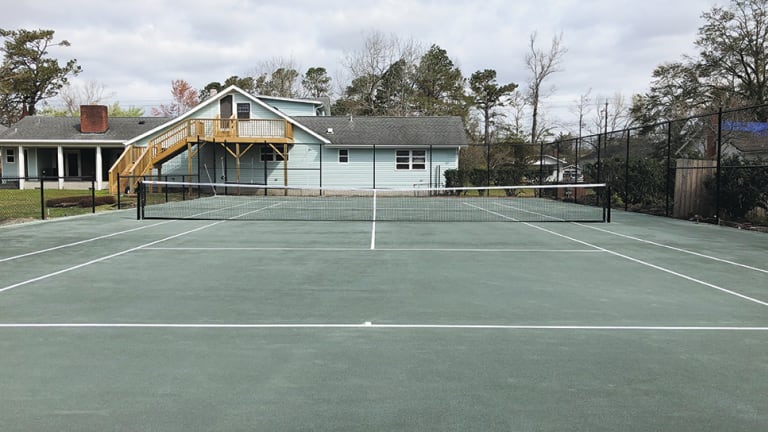
"She’s our Jackie Robinson of tennis": Happy birthday, Althea Gibson
Advertising
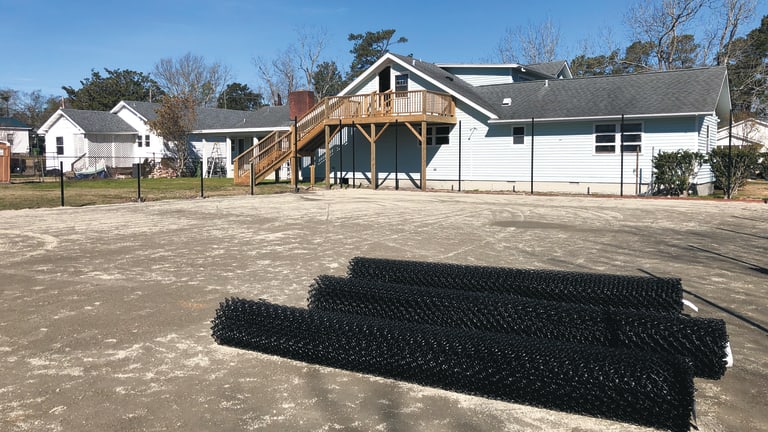
"She’s our Jackie Robinson of tennis": Happy birthday, Althea Gibson
Advertising
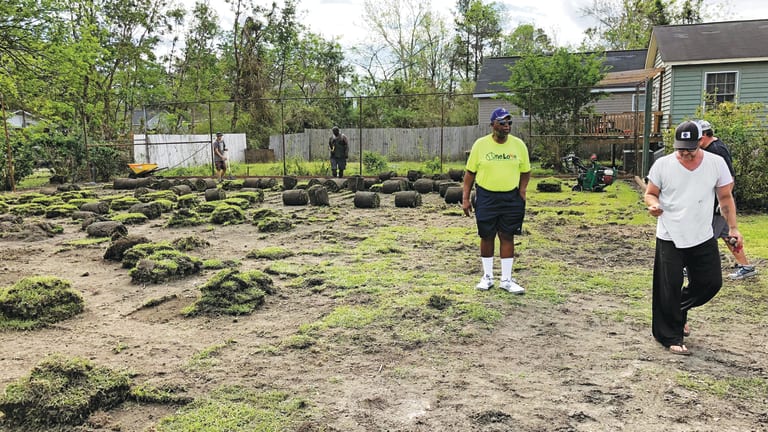
"She’s our Jackie Robinson of tennis": Happy birthday, Althea Gibson
Advertising

"She’s our Jackie Robinson of tennis": Happy birthday, Althea Gibson
Advertising
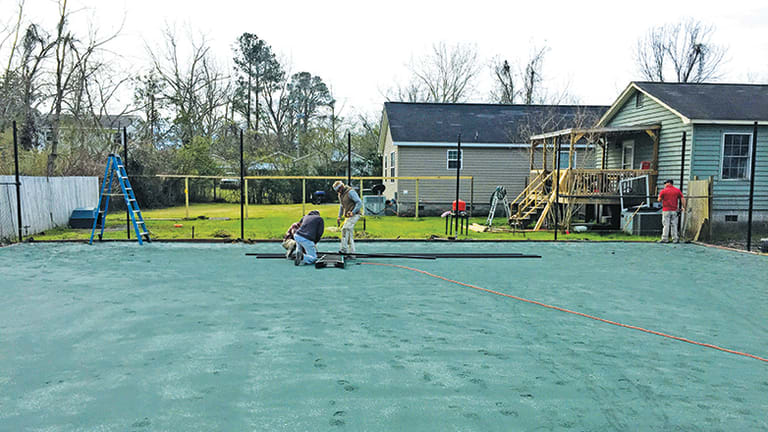
"She’s our Jackie Robinson of tennis": Happy birthday, Althea Gibson
Advertising
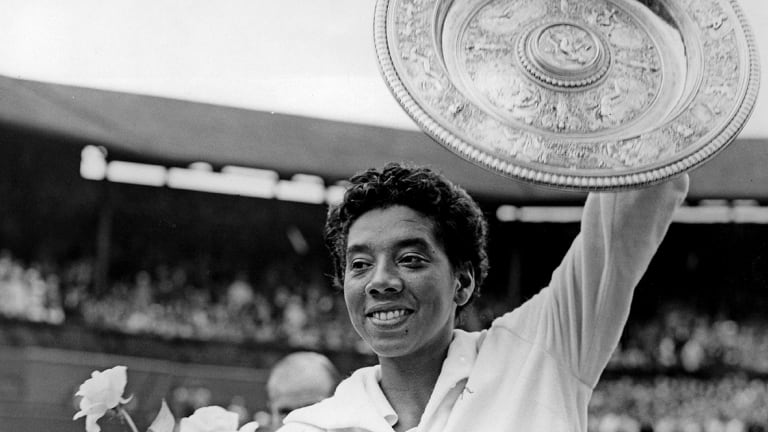
"She’s our Jackie Robinson of tennis": Happy birthday, Althea Gibson
© AFP/Getty Images
Advertising
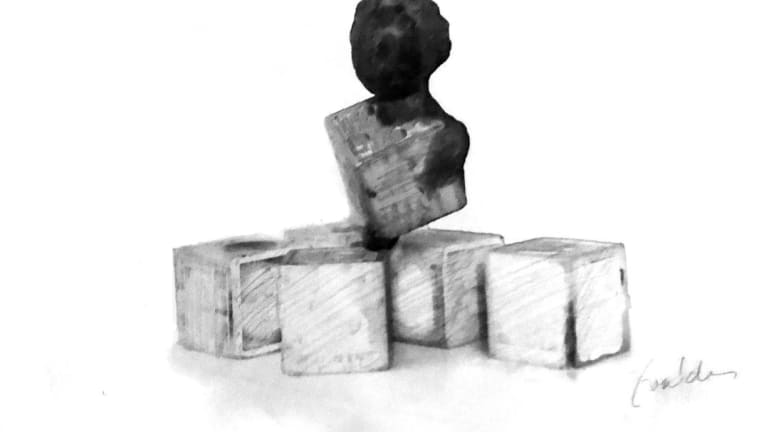
"She’s our Jackie Robinson of tennis": Happy birthday, Althea Gibson
Advertising
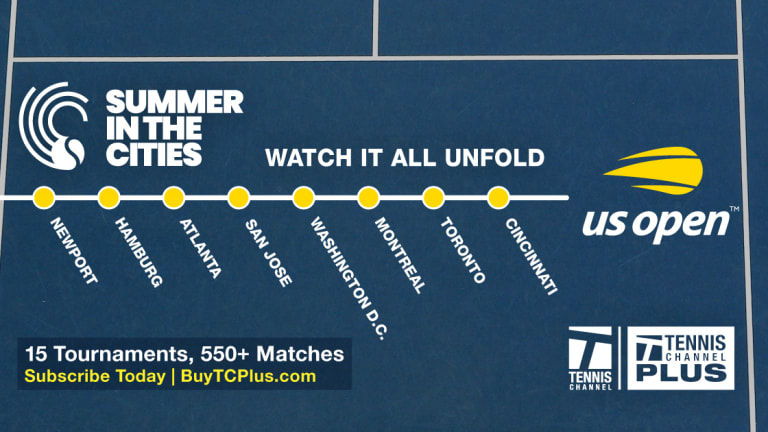
"She’s our Jackie Robinson of tennis": Happy birthday, Althea Gibson